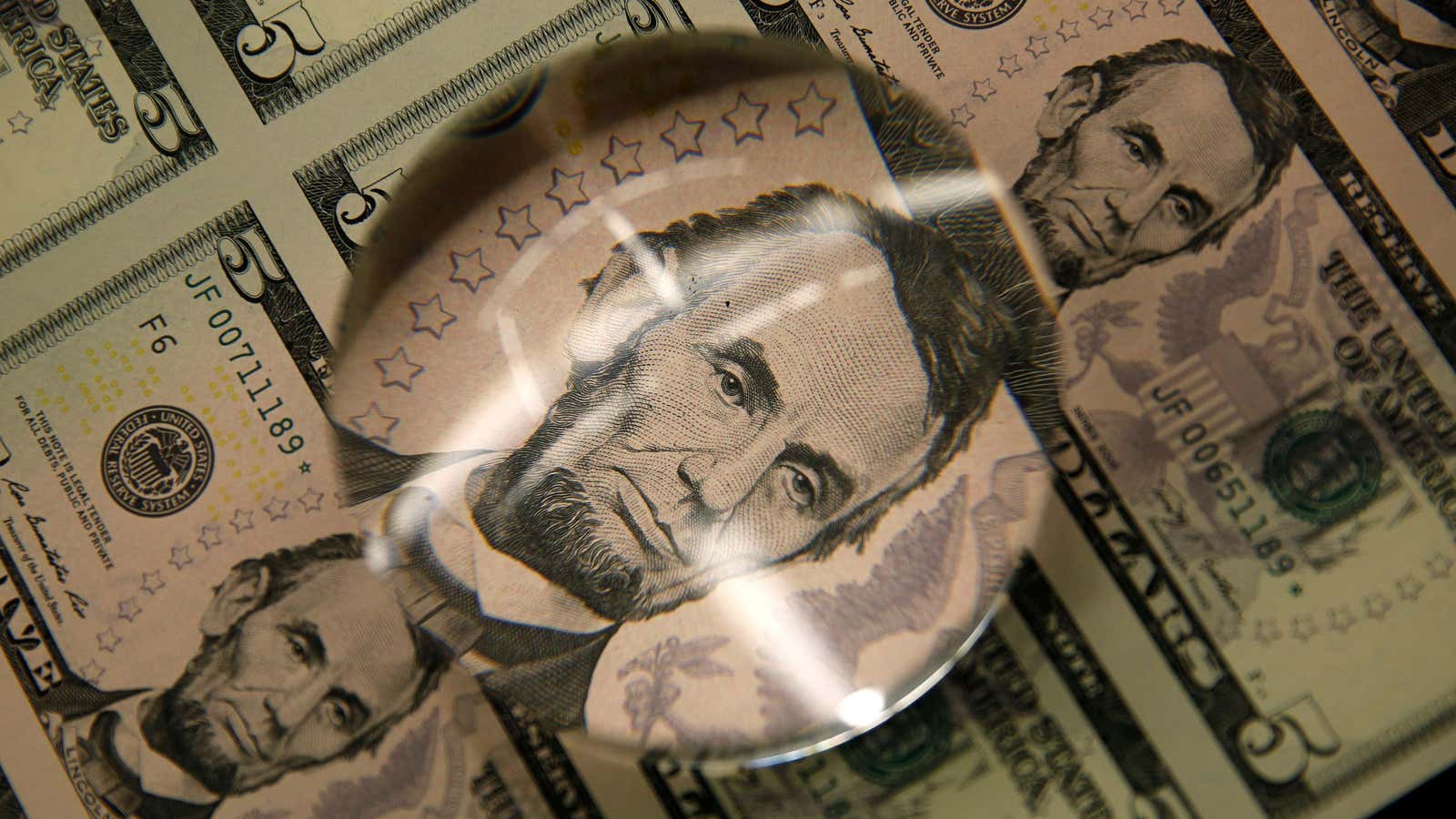To some economists, the fear of inflation can be as scary as inflation itself.
That fear is reaching a fever pitch as Americans grow more worried that the high prices they’re paying now will be even higher in the future. Those expectations will become a self-fulfilling prophecy, the hand-wringing economists argue: Workers will demand higher pay in order to afford the higher prices they expect, leading to higher labor costs, and in turn, higher prices for the goods and services produced by those workers.
How likely is that to happen? Not very, mainstream economists say. Here’s why:
The 1970s inflation spiral
Expectations were what fueled the high inflation of the 1970s. Workers had come to expect inflation-adjusted wages thanks to unions, which were able to negotiate pay that kept up with prices. When the US was hit with two oil shocks, workers demanded and got higher wages, boosting inflation to record levels. To get the US out of that inflation spiral, then US Federal Reserve chair Paul Volcker dramatically hiked interest rates. The strategy reduced demand and lowered prices, but sent the economy into a recession.
This is why the Fed monitors consumer and businesses expectations for future inflation. It wants to make sure those expectations remain “anchored”—or based on the assumption that the central bank will be able to bring inflation back down to its 2% target and keep prices from spinning out of control.
2022 probably won’t be a repeat of 1970s
During the pandemic, wages have trailed price increases, but some economists don’t expect that will necessarily lead to widespread raises, like in the 1970s. They point out workers don’t have the same kind of leverage they had in the 1970s. After 1989, labor costs stopped rising in tandem with prices, notes Josh Bivens at the Economic Policy Institute.
One way to gauge workers’ power is looking at their real wages, or wages adjusted for inflation. If workers can’t bargain for pay that keeps pace with inflation, they will essentially earn less, or have negative real wages. And for some time, measures of real wages have been negative in the US.
This is partly because of the decline in unions, but also because of large multinational corporations’ ability to push down wages, Bivens wrote. Lackluster government support for workers in previous recessions (like the 2008 crisis) also depressed what workers earned, because businesses didn’t need as many of them to keep up with low demand.
Even though families had a bigger financial cushion going into 2022 compared to pre-pandemic levels, those households no longer have expanded unemployment insurance, a child care tax credit, or pandemic-era stimulus checks. With less money in the bank, workers will have less leverage to switch into new jobs and demand higher wages.
When do Americans expect inflation to come down?
In March, consumers told the New York Fed they expect inflation to rise 6.6% in the next year—higher than what most economists are expecting. However, consumers see annual inflation moving to 3.7% within the next three years.
It’s this type of inflation expectations—the medium-to-long term—that the Federal Reserve has its eye on. Historically, they have been more likely to have an effect on inflation.
“It could be that people still think that this is just still relatively transitory,” said Carola Binder, an economics professor at Haverford College who studies inflation expectations. “They might still be pretty confident that the Fed will get inflation back to its target or just think that things will get back to normal eventually.”
